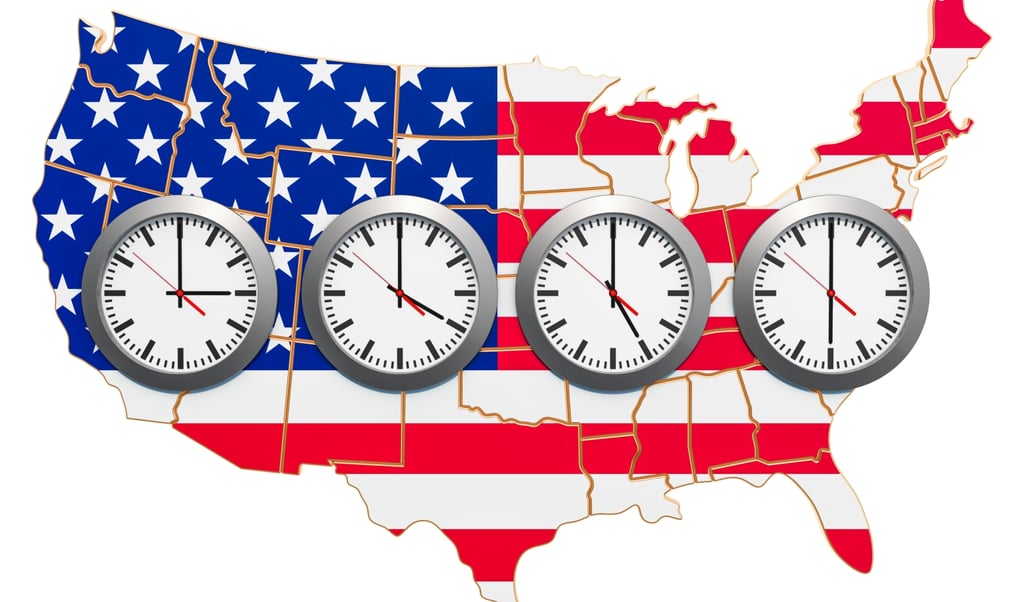Time Zones – A Hidden Challenge in Cross-Cultural Communication ⏰
11/3/2025
As a Culture Consultant, I use a time zone calculator almost daily. Whether I’m setting up online calls with clients in California, colleagues in Michigan, or partners in Europe: getting the time right can be surprisingly complex.
The United States alone stretches across four main time zones:
🕓 Eastern Time (ET) – e.g. New York, Washington D.C.
🕒 Central Time (CT) – e.g. Chicago, Dallas
🕑 Mountain Time (MT) – e.g. Denver, Phoenix
🕐 Pacific Time (PT) – e.g. Los Angeles, Seattle
But it doesn’t stop there! Some states have multiple time zones, for example only parts in the west of Michigan’s Upper Peninsula follow Central Time, while the rest of the state observes Eastern Time. And then there are the often-overlooked ones:
🕕 Alaska Time (AKT)
🕖 Hawaii-Aleutian Time (HAT)
Mountain Time, in particular, tends to be the “forgotten middle child”, often skipped when people refer to “Eastern or Pacific Time.”
The real confusion starts when Daylight Saving Time begins or ends. In Europe, we switch two weeks earlier than the U.S., creating a short period when everything seems off by an hour, a perfect reminder of how time itself can be culturally dependent.
Time zones are more than numbers, they reflect geography, history, and even cultural habits. Navigating them successfully means respecting others’ routines and perspectives, a skill that goes far beyond scheduling meetings.
💡 I’m curious: how do you manage working or meeting across different time zones? Any tricks or stories to share?


Follow me on
Contact
Connection
DiverseCultureSolutions@aol.com
Mobile: 248-824-4352
© 2024. All rights reserved.
